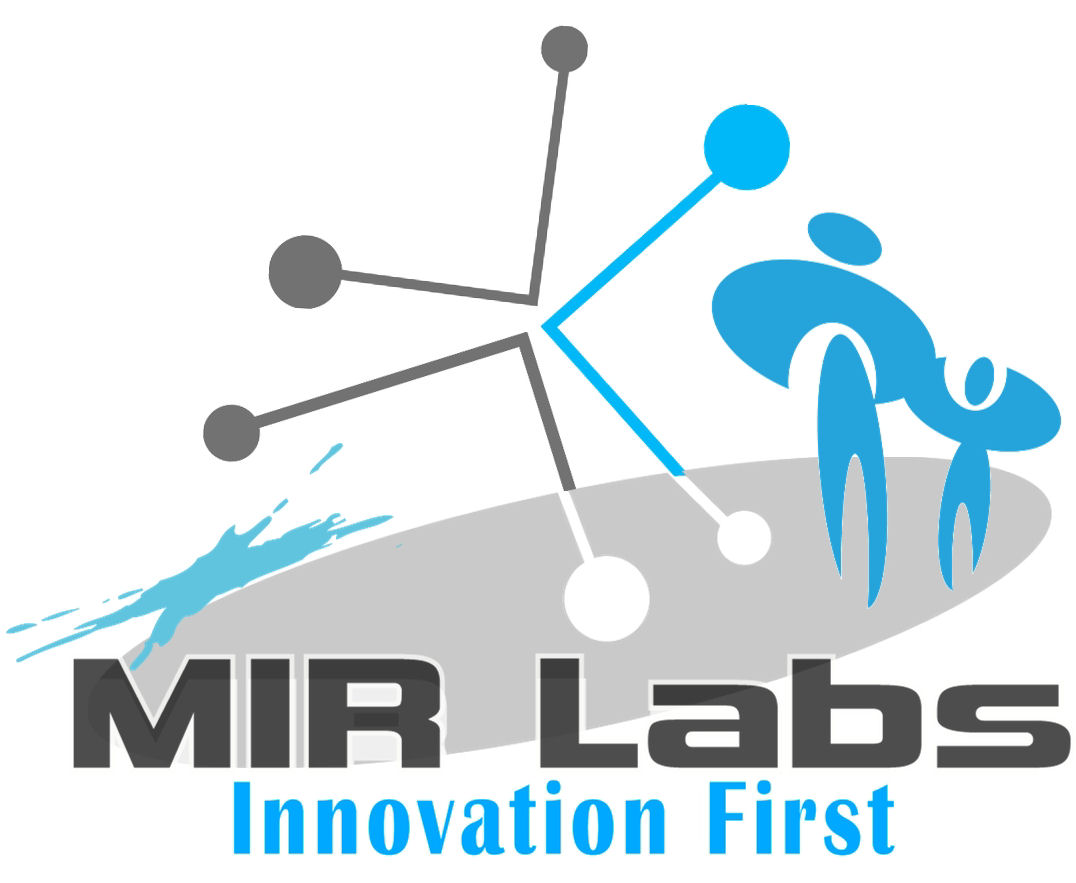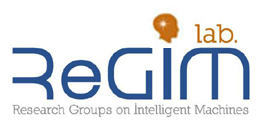Tutorials
 |
What's going on with Machine Intelligence and Human being?Tarek M. Hamdani |
Talk 1: Machine vs. Human Intelligence : Are we in front of a new causality dilemma?
Abstract. It’s certain that the human is inventing the machines to bring him assistance and help him to do things easily and effectively. However, intelligent machines can’t be anything more than a kind of machine that human intelligence made to have further services.
Nowadays, intelligent machines are more and more developed and the machine intelligence is extremely developed in such manner that researchers now think about a “Machine Ethics” that can protect the human from the machine.
Moreover, men takes their intelligence progressively from intelligent machines so that one can ask “Which comes first, the human or the machine intelligence”?
This talk proposes to start a debate that can be firstly related to the impressive development of intelligent machines and the effect of this development on human intelligence.
Some issues are presented and questions are asked to focus on solutions and guidance from and to intelligence developers to think on the first hand about developing tools for more efficient intelligent machines and in the second hand on tools to assist people to be more intelligent.
It's time is to ask; Should we have an ethical frontiers from and to the human intelligence in developing machine?
Plan:
- Introduction
- Intelligent Machine: Unfulfilled promises
- Intelligent Machine: Impressive development
- Machine vs. Human Intelligence: Where to stop?
- Human Intelligence "Lost"
- Machine Intelligence orientation and guidance
- Conclusions and debate
Talk 2: Why should we make human based intelligent machines Hybrid?
Abstract. Intelligence was permanently related to the human being and men considered themselves as the most intelligent element in the world. Therefore, man intelligence was the first source of inspiration to make intelligent machines.
If we focus on human decision making process, we can easily notice that it's always reflecting his experience (argued and not). Decision can be done respectively to different objectives (multi-objective), individually as well as in group (social behavior).
This talk speaks about neuro-fuzzy based systems that are presented as human based intelligent machines. The decision making process is tackled from the human brain process at the highest and the lowest level to do classification tasks. Therefore, we present different steps of the human decision making process and their corresponding concepts using neuro-fuzzy methods.
Some hybrid methods are presented to resolve architectural and adaptive problems and a parallel study is made with the original human brain model to understand the necessity of using such hybridization in the intelligent machine design process.
Certainly, hybrid systems are very helpful to integrate multiple aspects of various intelligent machines to provide more and more efficient machines.
However, we concluded that in the human based intelligent machines, our mis-understanding of the human intelligence optimal method requires us to use hybrid systems to fill the gap and perform as well as humans.
Plan:
- Introduction
- Social Decision
- Multi-objective Decision
- Structured Individual decision
- Structure identification (Feature effect and Data effect)
- Structure optimization
- Structure continues adaptation
- Conclusions and perspectives
Biography. Tarek M. Hamdani (SM’13) was born in Tunis, Tunisia, in 1979. He received the Ph.D. degree in 2011 and his M.S. degree in 2003, in Computer Science Engineering from the University of the Sfax, Tunisia. He is currently pursuing the PostDoc. degree in Computer Science Engineering in the National School of Engineers, Sfax, Tunisia. He is teaching computer science at the Taibah University since 2012 as an Assistant professor, and was teaching at the University of Monastir and the University of Sfax since 2003. He focuses his research on intelligent pattern recognition, learning, and analysis of large scale complex systems. His research interest includes applications of intelligent methods, neural networks, fuzzy logic, and genetic algorithms to pattern recognition. He is a Reviewer of the Neural Networks, IEEE Transactions on, Pattern Recognition Letters, the Neurocomputing journal, the Soft Computing journal and others. He is an IEEE member of CIS and SMC societies.



